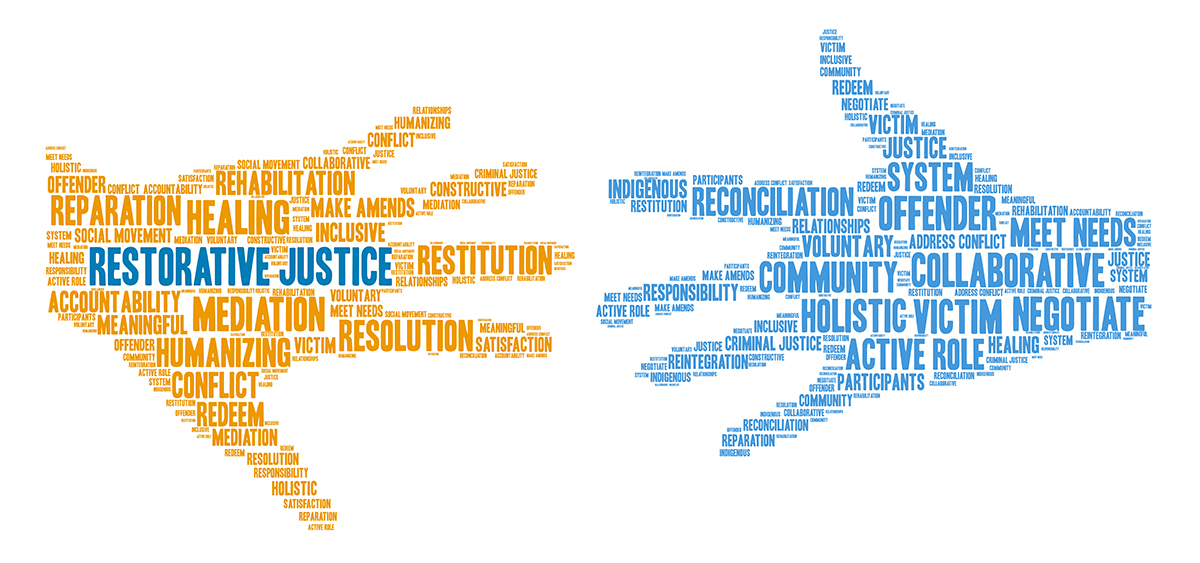It is National Restorative Justice week in Canada. Restorative justice is an alternative to the criminal justice system which focuses on restoration over punishment. We explain the basics of how it works.

Reparations over punishment
The primary focus of restorative justice is repairing the harm caused by crime. This is done by involving all parties affected by a crime: the offender, the victim, and the community. The goal is to repair the harm caused by the crime, encourage the offender to take responsibility, and prevent future occurrences of the crime.
However, before any restorative justice process can take place, the offender must first accept responsibility for their actions and for the harm their actions has caused.
Some examples of restorative justice
Restorative justice can take many forms because it is focused on reparations or on the needs of the victim. A process that might work for one person may not work for another.
One example of restorative justice is a mediated dialogue between an offender and a victim. During that dialogue, the victim can explain the impact of the crime and ask the offender any questions they might have. For the offender, dialogue allows them to explain their actions, take responsibility for the actions, and try to repair the harm they have caused.
The restorative justice process can also include things like letters of apology, community work, monetary compensation, and many other forms of amends.
Restorative justice in Quebec
There are several important restorative justice initiatives in Quebec. Équijustice offers citizen mediation and helps administer restorative justice programs within the criminal justice system for youth and adults.
The Restorative justice center of Quebec facilitates meetings between victims and ex-offenders to promote healing.





